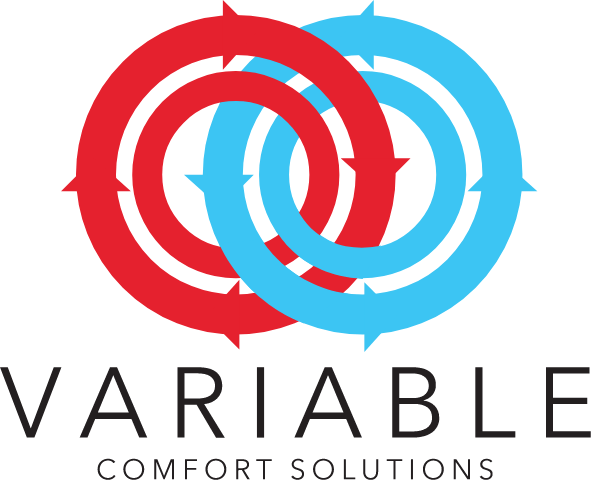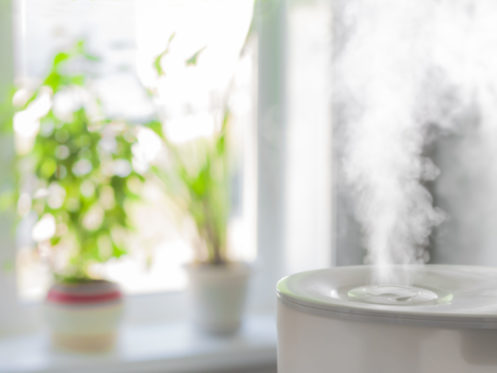Excessively dry air is a common issue during the winter months because the colder the air is, the less moisture it contains. This problem is made worse by the fact that furnaces constantly dry out the air inside a home even further every time the heating system runs. Although high indoor humidity is sometimes a bigger problem, low humidity can also create numerous issues for both your health and your furnishings. Dry air will worsen sinus and respiratory problems, and it can also cause wooden and leather furnishings to crack. These issues are why more and more people are choosing to install a whole-home or furnace humidifier. Here is a full overview of what these units are and how they work.
What Is a Whole-Home Humidifier?
Whole-home humidifiers are sometimes referred to as furnace humidifiers because they increase the humidity level of the hot air that the furnace produces. A whole-home humidifier is different from a portable unit; it is permanently installed inside your HVAC ductwork. This enables these units to maintain a consistent humidity level throughout the entire home as the moist air they produce is circulated via the duct system into every room.
There are some portable humidifiers that market themselves as whole-home units. While these larger portable units can raise the humidity level in a fairly large area, they can’t maintain a consistent humidity level throughout the home since they have no way to circulate the moist air into all the individual rooms. They also need to have their water reservoir refilled regularly, unlike true whole-home humidifiers that are always directly connected to your plumbing system.
How Whole-Home Humidifiers Function
Whole-home humidifiers can be installed in either the supply duct where hot air exits the furnace or in the return duct where cold air is drawn into the furnace. Both options typically work equally well and produce the same results. The only issue with installing the unit in the supply duct is that it creates a potential for water to get inside the furnace and damage its wiring or components should either the humidifier or the water line feeding it leak.
Whole-home humidifiers operate by heating up a water reservoir to produce hot, moist air. The humidifier pumps out this moist air, which then mixes with the air in the ductwork as it either enters or exits the furnace. The unit will typically run whenever your furnace is on and then automatically shut off once the furnace stops running. You can also set the humidifier to operate manually and leave your HVAC fan set to “On,” which will circulate moist air even when the furnace is off. However, this generally isn’t recommended since it will quickly result in the system circulating cold air throughout the building.
A whole-home humidifier is controlled by something known as a humidistat. This is quite similar to your thermostat except that it measures the humidity level instead of the temperature. You can program the humidistat to your desired humidity level, and the humidistat will automatically signal the humidifier to turn off when that level is reached, even if the furnace is still running. This is important since it ensures that the humidity level can’t rise too high. It prevents any potential issues with condensation, water damage, and mold.
The humidistat is typically installed near the humidifier itself, but you can also choose to mount it on the wall next to your thermostat. If your HVAC system is controlled by a smart thermostat, you can probably use it to control both your furnace and humidifier through an app on your smartphone or tablet.
It is usually recommended to program the humidistat for a relative humidity level of 50%. If the humidity level ever rises much above 60%, it greatly increases the risk of water damage and mold issues. If you prefer the air slightly drier, you can always set the humidistat lower, but you generally shouldn’t ever go below 40%. This will lead to increased static electricity and quickly start to dry out your skin and sinuses.
If you’re considering a whole-home furnace humidifier for your residence in Huntington, our team at Variable Comfort Solutions is here to help. We install a full range of HVAC equipment including humidifiers, dehumidifiers, air purifiers, furnaces, air conditioners, heat pumps, and mini-splits. Our certified technicians also specialize in heating and cooling maintenance and repairs for both residential and commercial HVAC systems. Give us a call today if you have any questions or want to learn more about the benefits of installing a whole-home humidifier.


